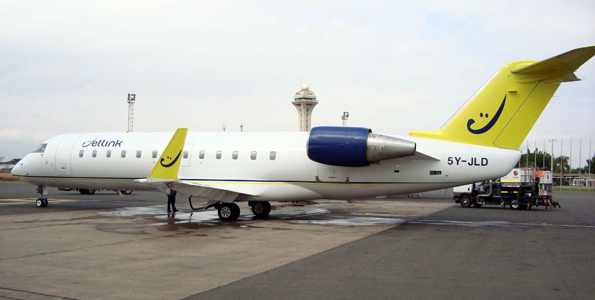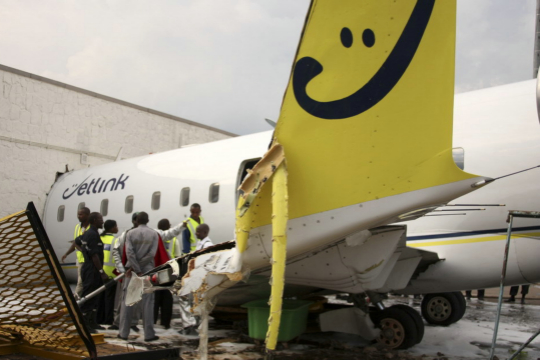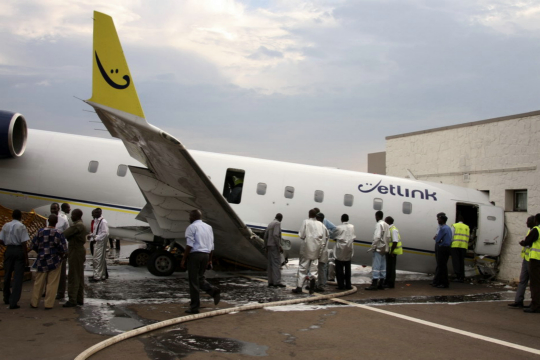Country
Crash of a Canadair RegionalJet CRJ-100ER in Kinshasa: 32 killed
Date & Time:
Apr 4, 2011 at 1356 LT
Registration:
4L-GAE
Survivors:
Yes
Schedule:
Kisangani – Kinshasa
MSN:
7070
YOM:
1995
Flight number:
UNO834
Crew on board:
4
Crew fatalities:
Pax on board:
29
Pax fatalities:
Other fatalities:
Total fatalities:
32
Captain / Total hours on type:
1622.00
Copilot / Total hours on type:
344
Circumstances:
On final approach to Kinshasa-N'Djili Airport, the crew encountered very poor weather conditions and decided to make a go around. After a climb process of 12 seconds, the aircraft nosed down and at a speed of 180 knots, hit the ground 170 meters to the left of the displaced threshold of runway 24. The aircraft slid for 400 meters before coming to rest in flames upside down. Three passengers were seriously injured and evacuated but of them died from their injuries few hours later. Finally, only one passenger survived the accident. Aircraft was performing a special flight from Kisangani to Kinshasa on behalf of the United Nations Organization Stabilization Mission in the Democratic Republic of the Congo (MONUSCO). The only survivor reported that the aircraft suddenly plunged into the earth while on final approach. At the time of the accident, weather conditions were marginal with storm activity, heavy rain showers, scattered at 2,200 feet and cumulonimbus at 1,500 feet.
Probable cause:
Weather in Kinshasa was bad at the time of the accident, ATC failed to inform the crew about the degradation of the weather conditions and the runway in use was not closed to traffic while the visibility was below the minima. Despite this situation, the crew took the decision to continue the approach procedure while the aircraft was unstable and the approach speed was too high (180 knots). It is reported that the following factors contributed to the accident:
- the crew ignored the published approach procedures,
- improper crew resources management during the execution of the flight,
- during the go around process, the crew encountered adverse weather conditions with vertical wind gusts, downdrafts and a 'magenta' effect. This caused the aircraft to adopt nose down attitude while it was in the final stage of the flight, preventing the pilot to take over the control,
- the pilot training program was inadequate and did not include a proportionate number of flight in the simulator,
- the authority for civil aviation of Georgia has probably approved a small training program for upgrading the captain to his position,
- lack of oversight of the operator by the Georgian Civil Aviation Authority.
In conclusion, investigators believe that the most probable cause of the accident is the fact that the plane encountered a very dangerous meteorological phenomena similar to a microburst, to a very low level during the overshoot process. The dangerous vertical downdraft and gust caused a sudden and remarkable change in the attitude of the aircraft and a substantial loss of altitude. Flying at very low altitude, recovery of such disturbance was not possible.
- the crew ignored the published approach procedures,
- improper crew resources management during the execution of the flight,
- during the go around process, the crew encountered adverse weather conditions with vertical wind gusts, downdrafts and a 'magenta' effect. This caused the aircraft to adopt nose down attitude while it was in the final stage of the flight, preventing the pilot to take over the control,
- the pilot training program was inadequate and did not include a proportionate number of flight in the simulator,
- the authority for civil aviation of Georgia has probably approved a small training program for upgrading the captain to his position,
- lack of oversight of the operator by the Georgian Civil Aviation Authority.
In conclusion, investigators believe that the most probable cause of the accident is the fact that the plane encountered a very dangerous meteorological phenomena similar to a microburst, to a very low level during the overshoot process. The dangerous vertical downdraft and gust caused a sudden and remarkable change in the attitude of the aircraft and a substantial loss of altitude. Flying at very low altitude, recovery of such disturbance was not possible.
Final Report:
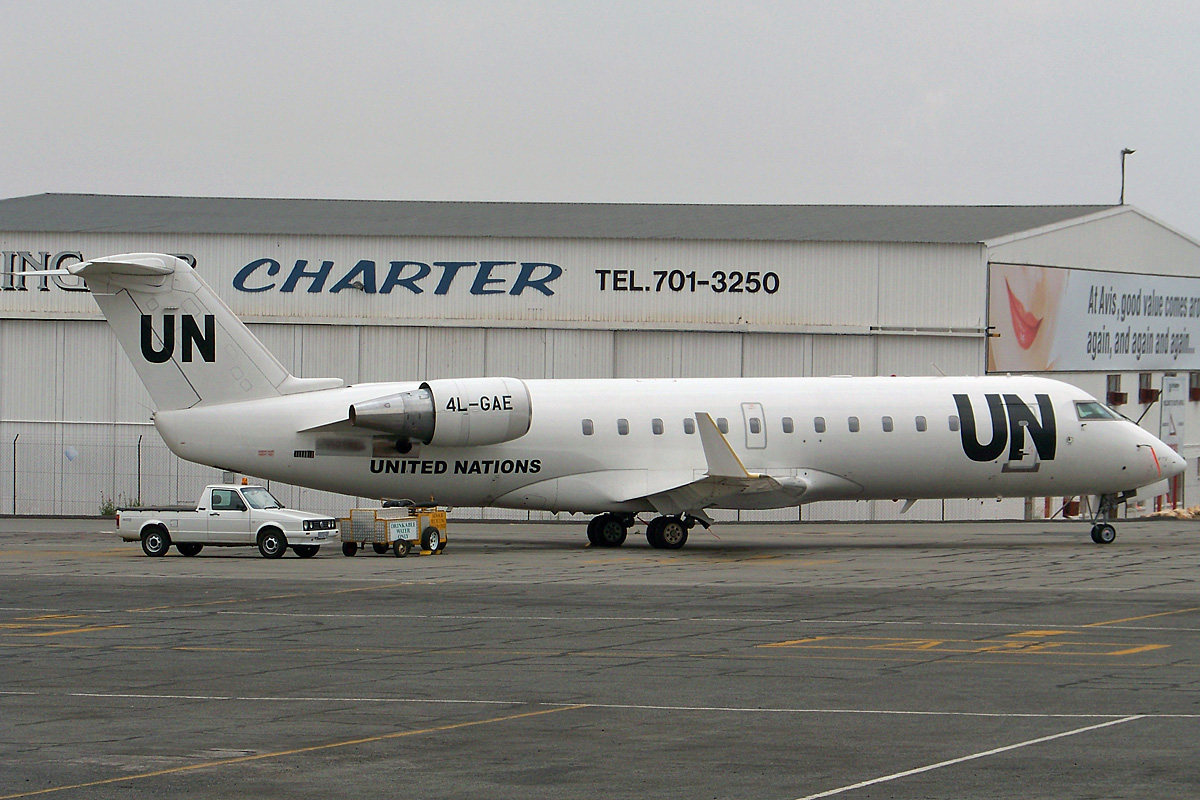
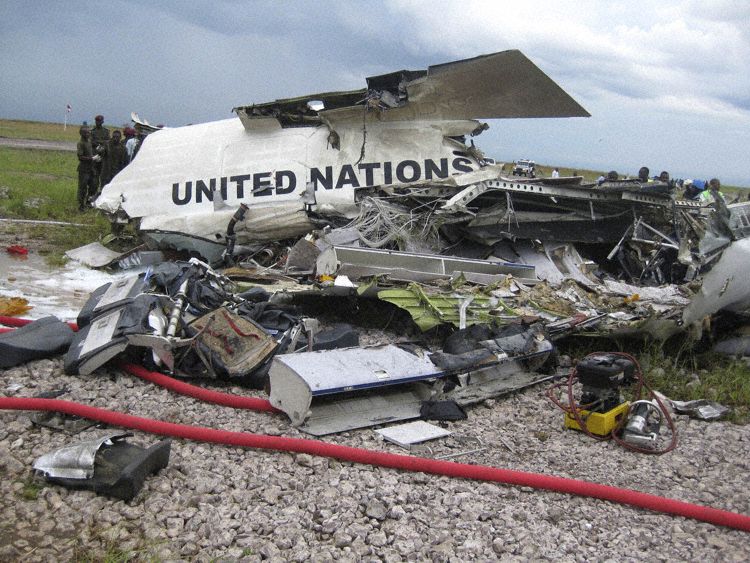
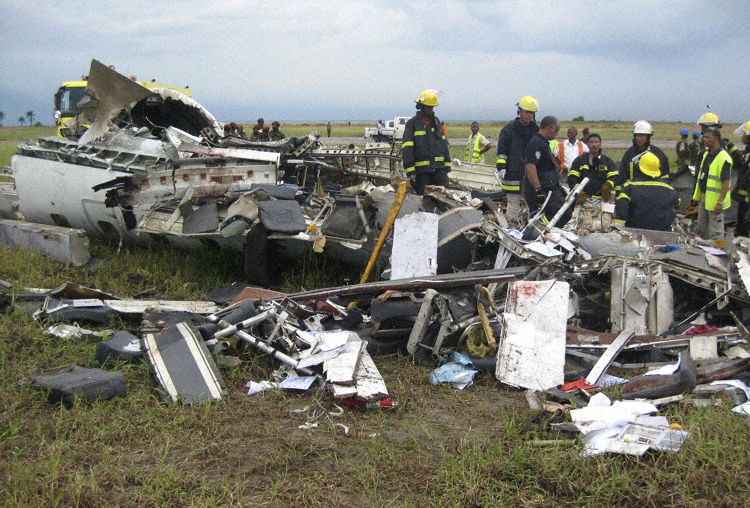
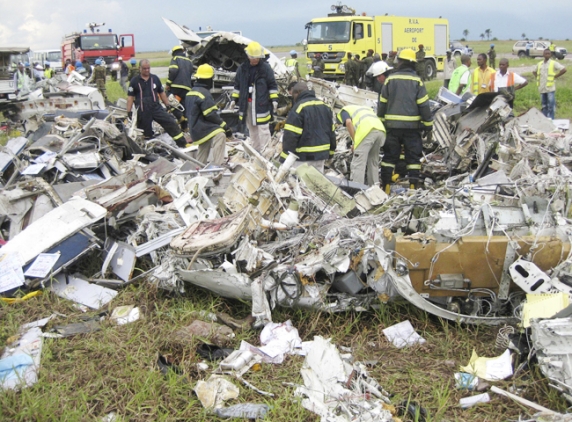
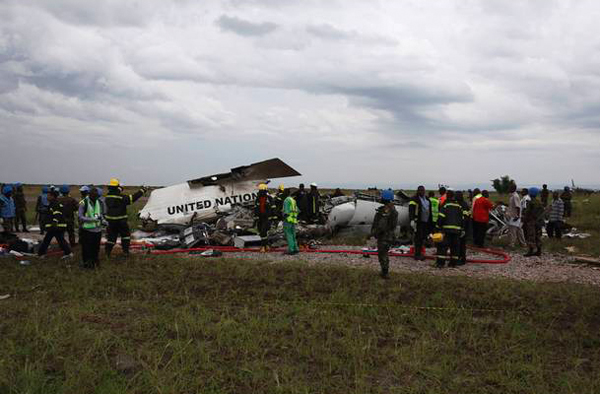
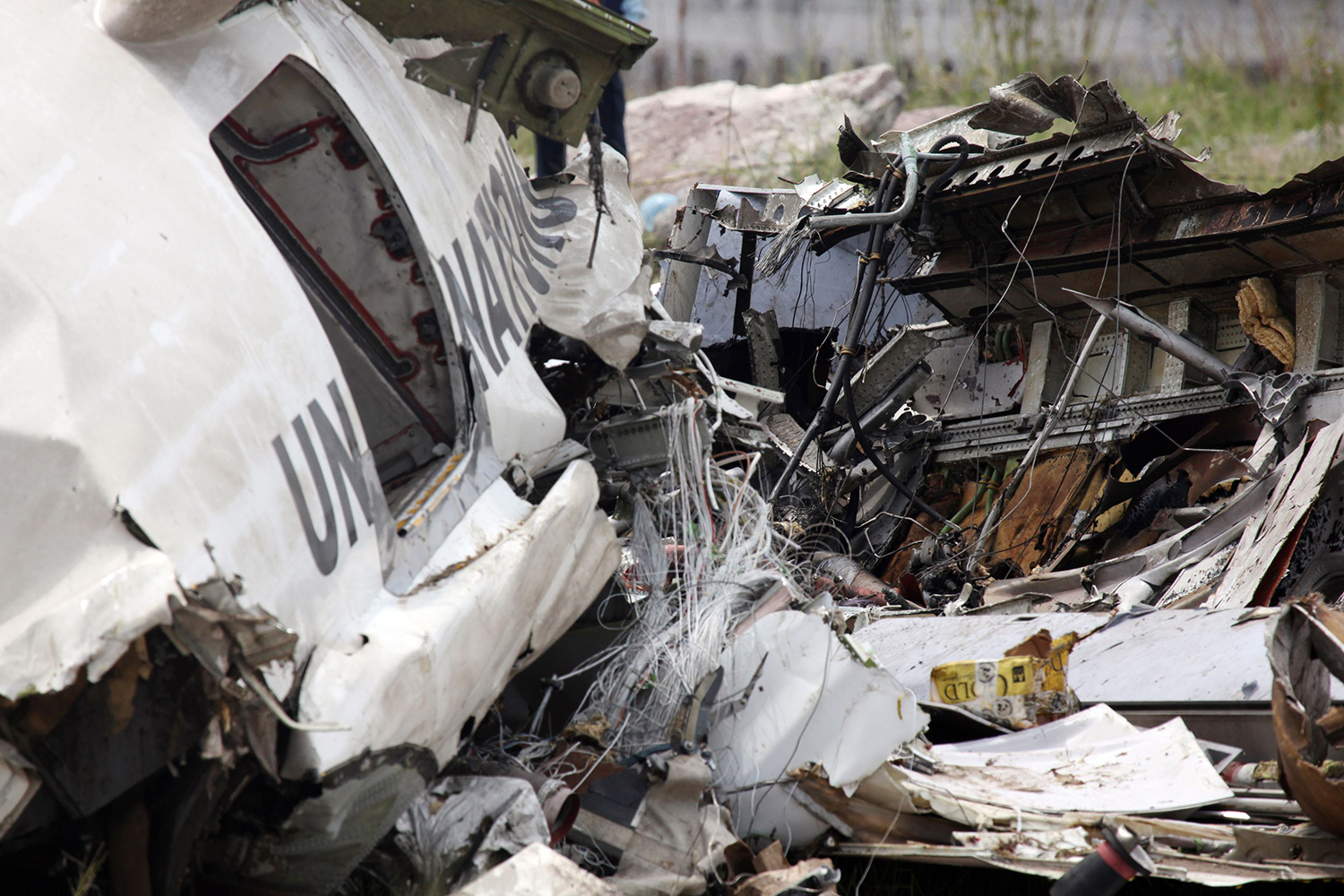
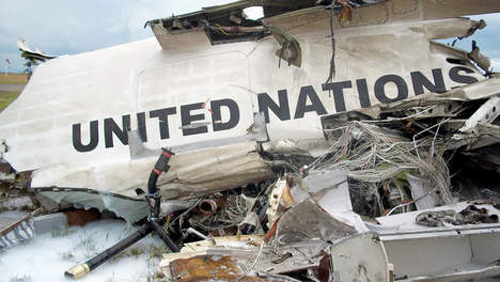
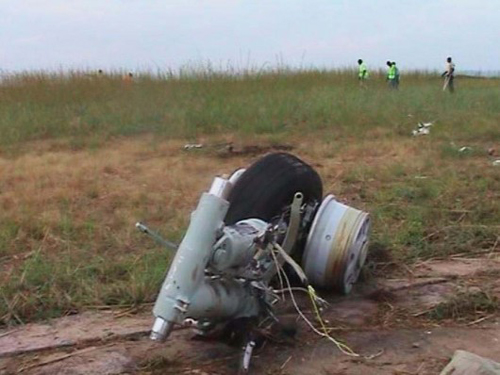
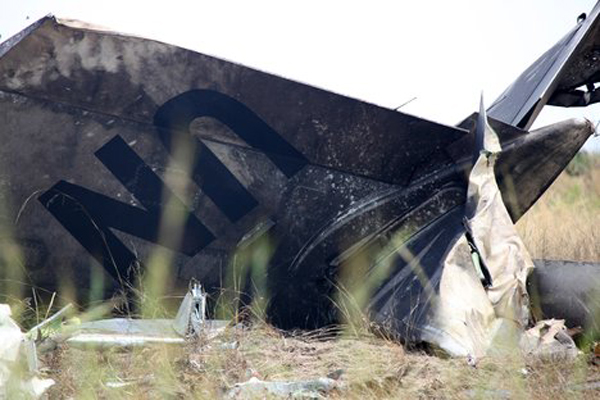
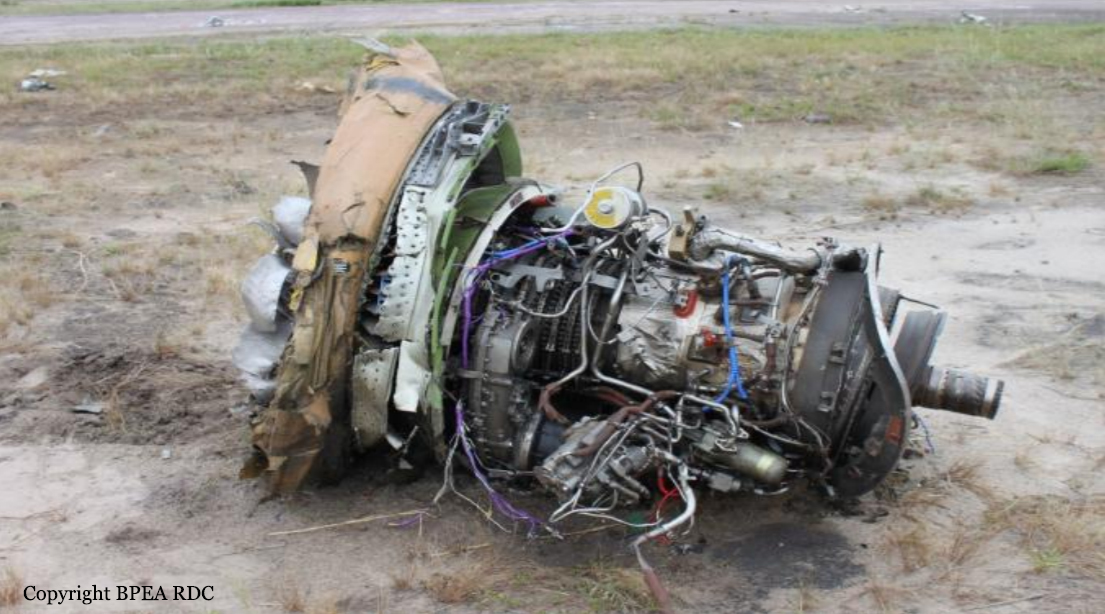
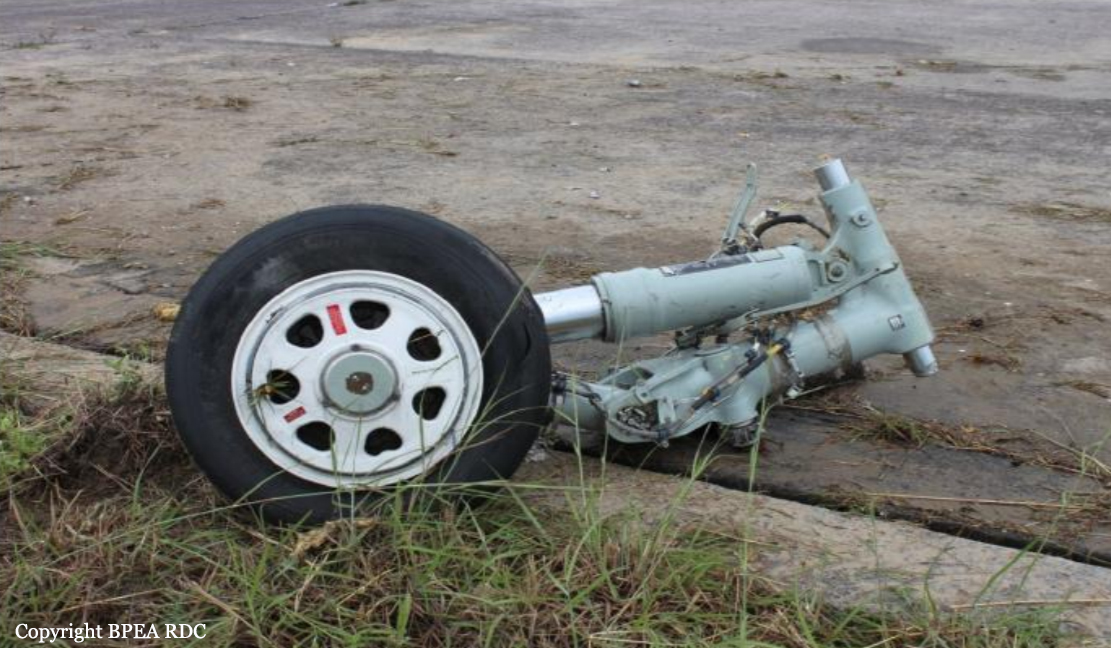
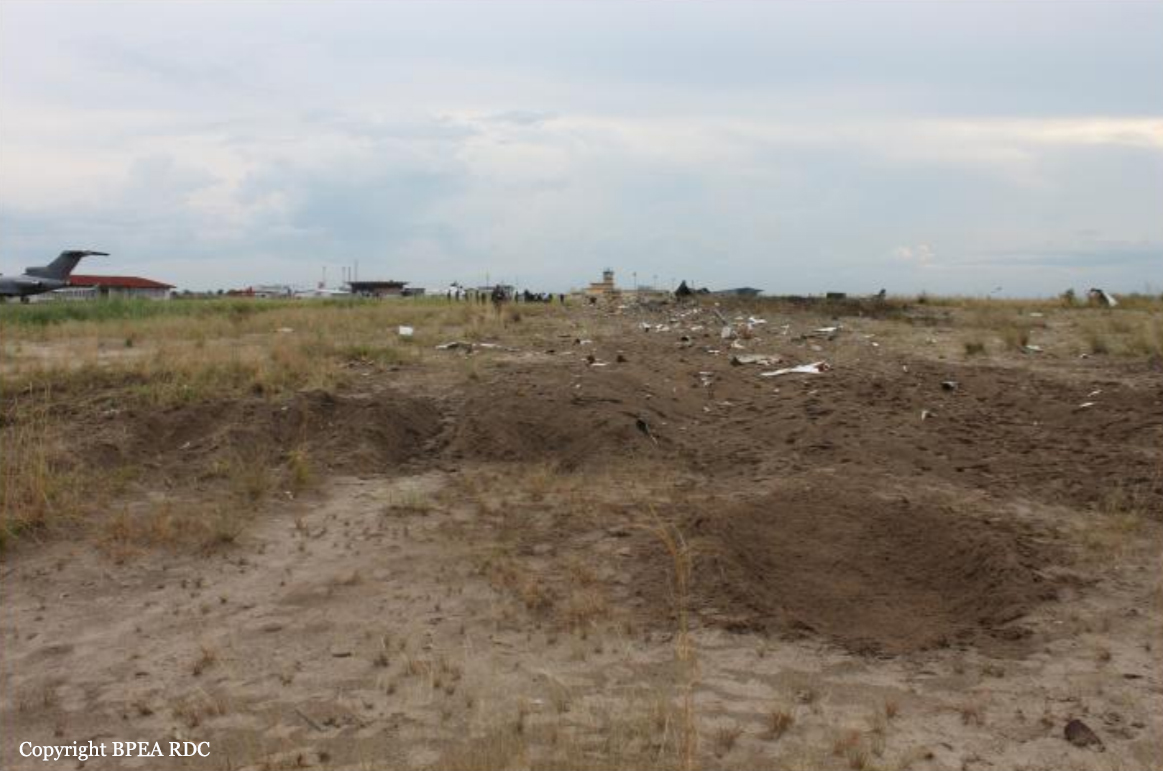
Crash of a Canadair RegionalJet CRJ-100ER in Kigali: 1 killed
Date & Time:
Nov 12, 2009 at 1315 LT
Registration:
5Y-JLD
Survivors:
Yes
Schedule:
Kigali - Entebbe
MSN:
7197
YOM:
1997
Flight number:
WB205
Crew on board:
4
Crew fatalities:
Pax on board:
11
Pax fatalities:
Other fatalities:
Total fatalities:
1
Captain / Total hours on type:
1110.00
Copilot / Total hours on type:
533
Aircraft flight hours:
17140
Aircraft flight cycles:
17025
Circumstances:
Shortly after takeoff, when the Copilot pulled back the thrust levers of both engines to the desired positions, the thrust lever on left engine could not move and the engine remained in full power. The Pilot in Command (PIC) then informed Air Traffic Controller (ATC) that the aircraft had a technical problem and requested to return to the airport. The crew managed to land safely with the Copilot and accompanying company maintenance engineer struggling to control the left engine which was on high power setting and the PIC controlling the aircraft using only the right hand engine. The aircraft taxied to parking bay number 4 with the left engine still in full power. The captain applied the parking brake and the aircraft stopped for a while and before putting on the chocks, the aircraft started moving forward at a high speed through the jet blast fence and crashed into Control Tower building. A passenger was killed, six people were injured, three seriously.
Probable cause:
The flight crew’s failure to identify corrective action and their lack of knowledge of applicable airplane and engine systems in response to a jammed thrust lever, which resulted in the number 1 engine operating at high power and the airplane configured in an unsafe condition that led to the need to apply heavy braking during landing. Also causal was the flightcrew failure to recognize the safety hazard that existed from overheated brakes and the potential consequence on the braking action needed to park the airplane. Contributing factors included the possible failure by maintenance crew to correctly stow the upper core cowl support strut after maintenance, Flight crew’s failure to follow standard operating procedures, the company’s failure to be availed to manufacturer safety literature on the subject, and the susceptibility of the cowl core support shaft to interfere with the throttle control mechanism when the core strut is not in its stowed position.
Final Report:
